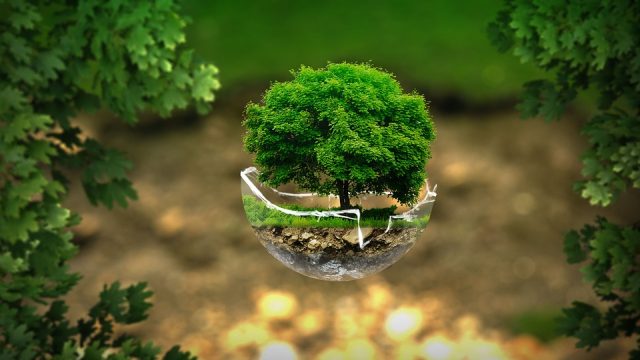CSR: State of India’s Environment
Climate change has caused a lot of upheaval across the globe. India has not been spared of the consequences of it. This World Environment Day, let us have a close look at the various facets of the environment of India and its current state.
The State of India’s Environment 2019 in Figures is an exclusive data-driven analysis of major developmental and environmental sectors. Following are the key findings of the analysis of these environmental parameters:
Air
Air pollution is responsible for 12.5 per cent of all deaths in India. Its impact on children is equally worrying. Over 100,000 children below the age of five die due to bad air in the country. While India was one of the first countries to pledge the phasing out of non-electric vehicles, its national scheme to promote the sale of e-vehicles is yet to pick up.
Water
Both surface and groundwater in the country are under stress. 86 water bodies in the country are critically polluted. The bulk of the polluted water bodies are in Karnataka, Telangana and Kerala. Groundwater is also reeling under overexploitation, which is running 94.5 per cent of all minor irrigation schemes in the country. There has been an unsustainable increase in the number of deep tubewells that has gone up by 80 per cent between 2006-07 and 2013-14.
Land and Agriculture
India’s farm sector is under duress. While the input costs for major crops are rising, the average farmland size is shrinking. Even the share of the insured cropped area stands at a mere 26 per cent.
Waste Management
The burden of solid waste is becoming unmanageable. In fact, 79 major protests against unsanitary landfills and dump yards have been recorded in 22 states in the past three years. Maharashtra, which registered 16 major protests, leaves 43 per cent of its waste unprocessed. While India claims to process 96 per cent of its biomedical waste, eight states and UTs have defaulting hospitals. The country has also recorded a 56 per cent increase in the number of hazardous-waste generating industries between 2009 and 2016-17.
Energy
India’s natural gas and hydro-based power plants are in shambles. Gas-based plants are running at 24 per cent of their capacity due to the acute shortage of domestic natural gas. Hydropower projects are running at just 19 per cent of their capacity. The country’s progress in renewable energy in 2018-19 has also been negligible. In wind, the country met only 6.3 per cent of the target this year. In solar, it met 5.86 per cent.
Climate
There has been a 22 per cent increase in India’s greenhouse gas (GHG) emissions between 2010 and 2014. Because of this, the country continues to bear the brunt of extreme weather events. In 2018, 11 states recorded major extreme weather events that claimed 1,425 lives.
Forests
India has recently shifted to a powerful forest fire monitoring and alert system, SNPP-VIIRS, which can capture forest fires with better accuracy and precision. In April 2019, the new technology recorded 69,523 forest fires, which was 9.5 times more than that recorded by the earlier technology.
Wildlife
37 species were poached or seized in 2018. Of these, 13, including lion, marked an increase over the last year; 161 wild animals were also killed due to road and train accidents
While the state of affairs does not look too good, efforts made in the right direction by government, corporates and individuals will make a plethora of differences.
Thank you for reading. Please drop a line and help us do better.
Regards,
The CSR Journal Team













